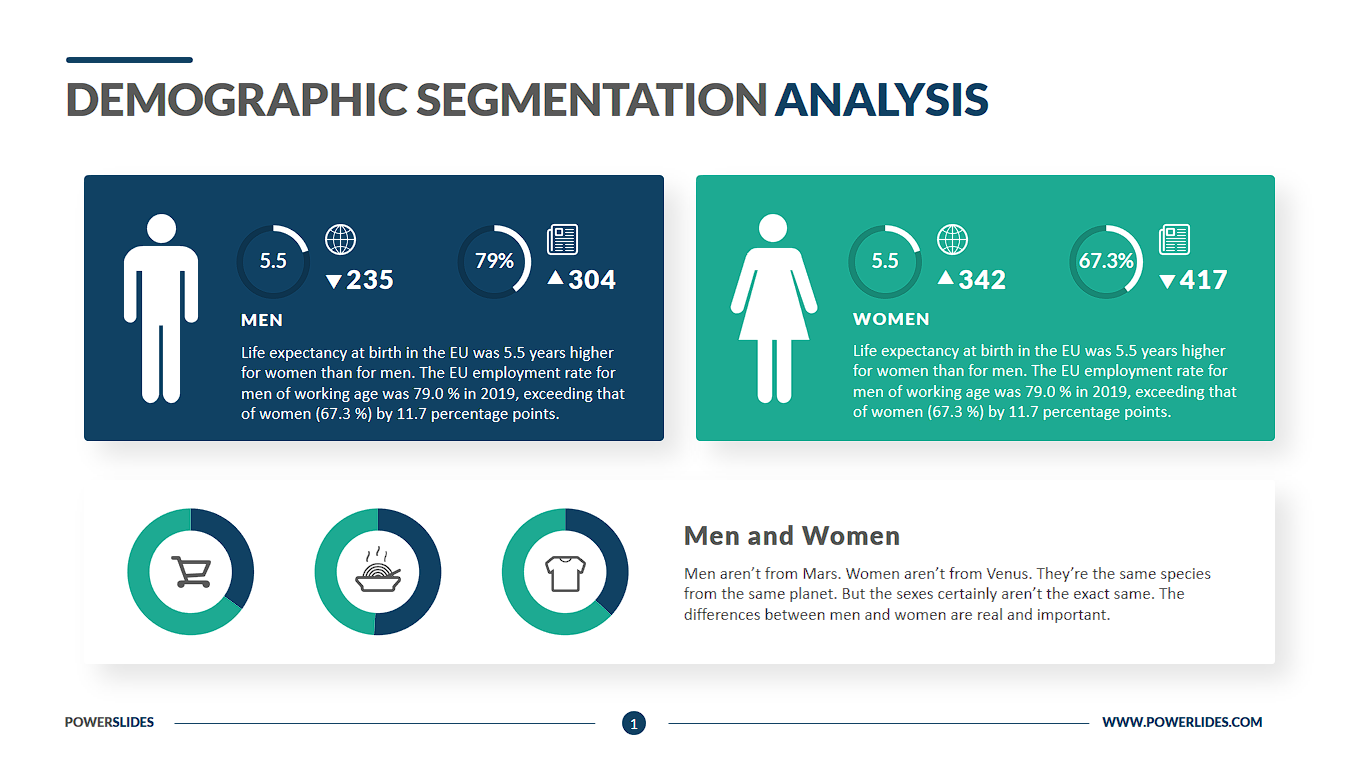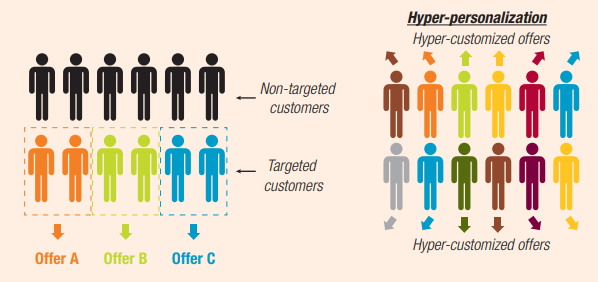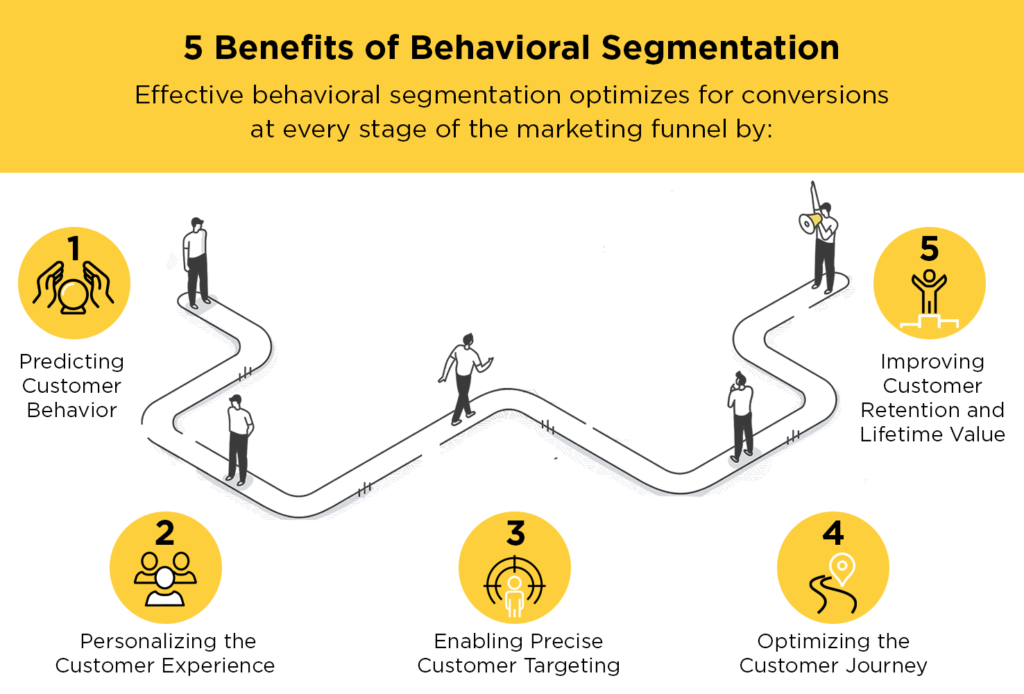Demographic Segmentation a Comprehensive Guide for Marketers
In today’s data-driven world, demographic segmentation has become a cornerstone of effective marketing strategies. This technique involves dividing a broad audience into smaller groups based on shared characteristics such as age, gender, income, education level, and more.
By tailoring marketing campaigns to these specific segments, businesses can enhance customer engagement and boost their return on investment (ROI).
In this post, we’ll explore the ins and outs of demographic segmentation, its principles, best practices, common mistakes, and real-world examples.
Understanding Demographic Segmentation
Demographic segmentation is a method for understanding customer behavior and preferences. It enables marketers to create targeted campaigns by dividing their audience into groups based on demographic characteristics. Common factors include:
- Age
- Gender
- Income level
- Education level
- Occupation
- Marital status
- Family size
Marketers collect and analyze demographic data using surveys, interviews, customer interactions, and public records. The insights derived from this process help identify patterns and trends, which are then used to segment customers effectively.
Why is Demographic Segmentation Important?
Demographic segmentation allows businesses to:
- Understand customer needs: By identifying the unique preferences and behaviors of different segments, businesses can better cater to their audience.
- Improve campaign effectiveness: Targeted campaigns are more likely to resonate with specific segments, leading to higher engagement and conversion rates.
- Optimize resource allocation: Focusing efforts on well-defined customer groups helps businesses allocate marketing budgets more efficiently.
- Increase customer satisfaction: Personalized marketing messages foster a stronger connection with customers, enhancing brand loyalty.
Key Principles of Demographic Segmentation
- Identifying Common Characteristics: The first step is to identify shared traits among customers, such as age, gender, or location. These traits help define distinct segments.
- Collecting Data: Marketers gather demographic data through various methods, including surveys, interviews, and analysis of public records.
- Analyzing Data: Advanced tools like machine learning and natural language processing are used to uncover patterns and trends within the data.
- Creating Customer Segments: Based on the analysis, customer groups are formed, such as young professionals, high-income families, or retired individuals.
- Targeting Marketing Campaigns: Customized campaigns are developed to address the specific needs and preferences of each segment.
Best Practices for Demographic Segmentation
1. Use Diverse Data Sources
Relying on multiple data sources ensures a comprehensive understanding of customer demographics. Combine data from surveys, customer interactions, social media, and public records for a well-rounded view.
2. Leverage Advanced Analytics Tools
Utilize tools like machine learning algorithms and natural language processing to analyze data efficiently and uncover valuable insights.
3. Regularly Review and Update Segments
Demographic trends change over time. Regularly updating customer segments ensures your marketing strategies remain relevant and effective.
4. Inform Marketing Strategies
Use demographic insights to shape your overall marketing strategy. For example, a campaign targeting millennials might prioritize social media platforms, while one for older demographics might focus on email or direct mail.
5. Involve Stakeholders
Engage key stakeholders in the segmentation process to ensure alignment and support across your organization.
Common Mistakes in Demographic Segmentation
- Insufficient Data Collection: Limited data can result in incomplete or inaccurate segments.
- Overreliance on Single Data Sources: A narrow data approach may provide a biased view of customer demographics.
- Neglecting Regular Updates: Failing to refresh segments can render marketing efforts ineffective.
- Ignoring Segmentation in Strategy: Not integrating segmentation insights into your overall strategy can lead to generic and less impactful campaigns.
- Excluding Stakeholders: Lack of involvement from key stakeholders can result in misaligned marketing efforts.
Real-World Examples of Demographic Segmentation
1. Age Segmentation
A clothing retailer might:
- Market trendy outfits to teenagers through TikTok and Instagram.
- Promote classic, sophisticated styles to older adults using traditional media like TV and magazines.
2. Gender Segmentation
A beauty brand could:
- Launch a skincare line for men and advertise it through sports channels and male-focused magazines.
- Promote women’s skincare products on platforms like Pinterest or beauty blogs.
3. Income Segmentation
An automotive company might:
- Advertise luxury car models to high-income individuals through premium publications and events.
- Market affordable car options to middle-income families using budget-friendly online platforms.
The Future of Demographic Segmentation
With advancements in artificial intelligence and data analytics, demographic segmentation is becoming more precise. Predictive analytics and real-time data allow marketers to adapt campaigns dynamically, ensuring they resonate with their target audience.
Conclusion
Demographic segmentation is a powerful tool for marketers aiming to understand their audience and craft effective campaigns. By following best practices and avoiding common pitfalls, businesses can achieve better results, foster customer loyalty, and gain a competitive edge. Start implementing demographic segmentation today and watch your marketing efforts soar!
For more insights into demographic segmentation and other marketing strategies, explore the following resources:
- HubSpot: Demographic Segmentation Overview
- Forbes: Effective Market Segmentation
- Statista: Marketing Statistics and Trends
- MarketingProfs: Customer Segmentation Best Practices
By leveraging these strategies and resources, you can transform your approach to marketing and connect with your audience more effectively.
Images used in this post belong to:


